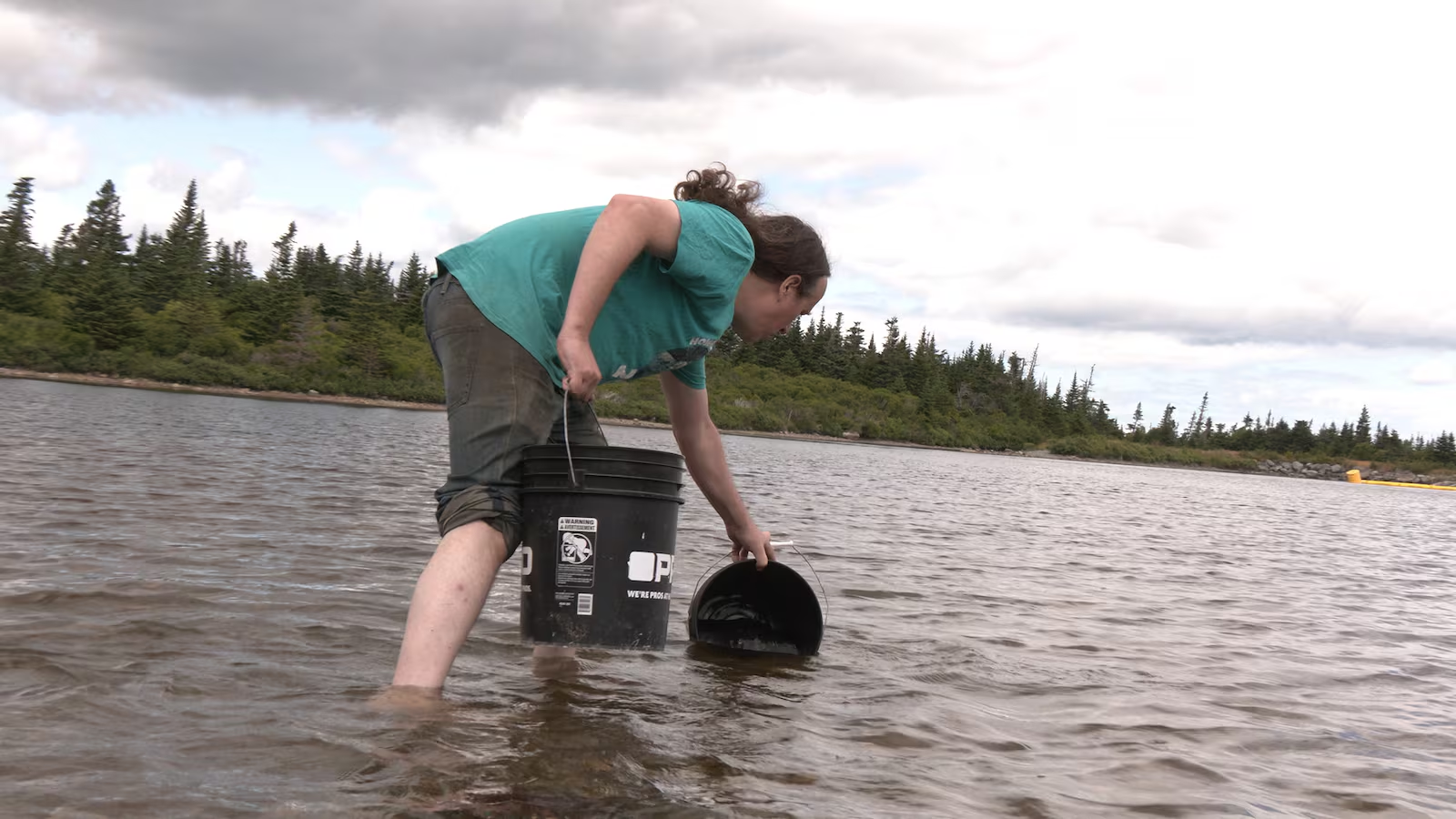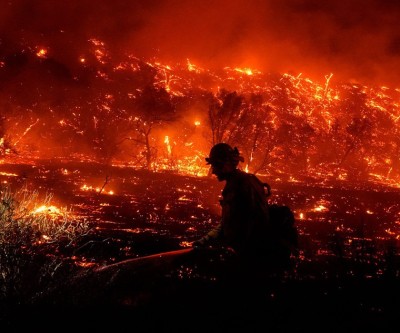Latest Ads
-
Jasmine Jewel
Call
-
Omidan group
Call
-
Amir Madanpour
Call
-
Dimo studio
Call
-
Yorkacademy
Call
-
Maryambagheri
Call
-
Shishlix Restaurant
Call

Newfoundland farmer says he’s never seen anything like this year’s drought, ‘not even close’
MOBILE, Newfoundland and Labrador – The unusually hot, dry weather that has gripped much of Newfoundland and Labrador has left crops parched and livestock thirsty, leaving farmers hoping for consistent rain.
The eastern part of the island has received less than half of its normal rainfall, while temperatures in St. John’s have been between 2 and 4 degrees above normal, according to an analysis by Agriculture Canada.
Most of the province is “abnormally dry,” according to Drought Monitor Canada, with the northeastern region, which includes St. John’s, Bonavista and Gander, in “moderate drought.”
“We’ve been living off the grid on the farm for 12 years and we’ve never seen anything like this,” says Steve McBride. “It’s not even close.”
Steve and his wife, Lisa McBride, are subsistence farmers who try to grow most of their own food, including vegetables, eggs and milk.
“Between the turkeys, the goats, the ducks and the bees, it’s just too much for the two of us,” he continues. “I have to feed and water millions of mouths a day.”
Since early June, McBride’s well has been dry, and his plants and grass have lost their color. His animals are also showing signs of stress from the weather; their water consumption has nearly doubled, and his goats are hiding in the shade or shelters to escape the sun.
“A dry duck is not a happy duck,” he says with a wry laugh.
To make up for the water shortage, Steve and Lisa go to a freshwater pond near their home once or twice a day to fill five-gallon buckets for their animals.
“That’s going to continue until September,” Steve says, “unless a water truck comes and fills a 1,000-liter tank for us, which is an additional cost.”
At Lester Farm Chalet in St. John’s, owner Jim Lester is also confused.
This summer, he worked with Agriculture Canada’s Living Labs program to measure the moisture content of his farm’s soil.
“Ideally, the moisture content should be around 10 percent,” he says. “But by the end of July, our soil is only 3 percent.”
“There was a time when there was no need for irrigation in Newfoundland. After about 15 years, irrigation was considered a luxury. Now it’s a necessity.”
The yellow, short grass on his farm is a sign of the tough conditions this year. He says he may have to sell some of his cattle or buy more hay to keep feeding them, both of which are expensive options.
He has had to feed hay to his cattle before this summer, but that was due to excessive rainfall, not drought.
“This year, a lot of people are having to bring their cattle home from the public pastures early,” Lester concluded. “They usually stay there until December 1st or at least the end of October.”
Suggested Content
Latest Blog
Login first to rate.
Express your opinion
Login first to submit a comment.
No comments yet.


































